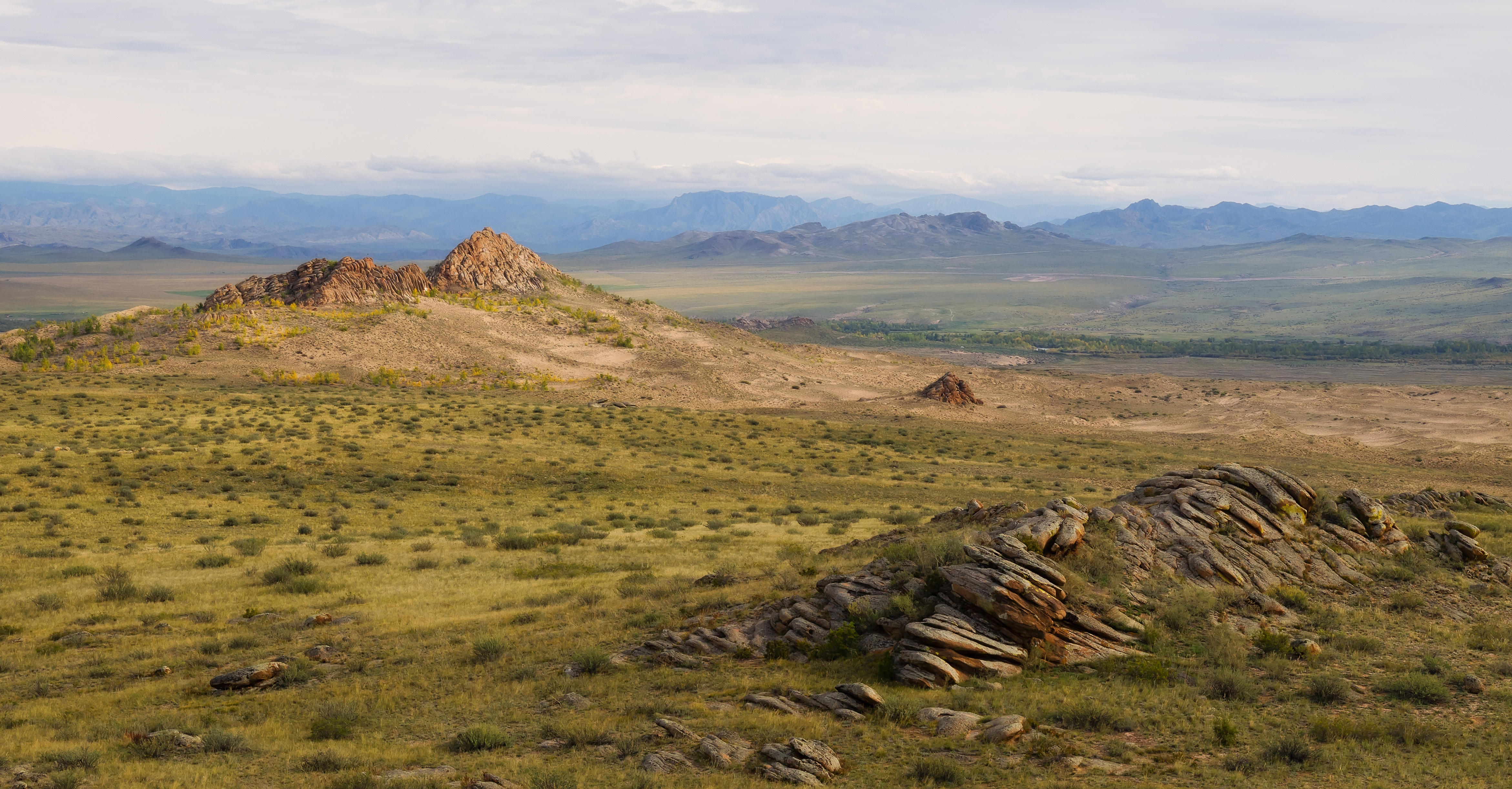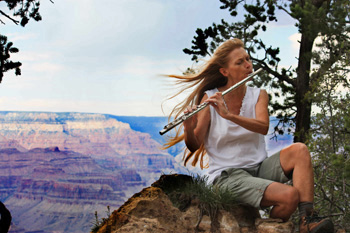
By Александр Лещёнок, CC BY-SA 4.0, Wikimedia
Editor’s Note: Justin Ralls, guest author and Landscape Music Composers Network member, writes his first essay for Landscape Music.
Last summer while I was hiking in Kings Canyon National Park, I had much on my mind. Walking the trail—admiring the craggy, breathtaking views of granite and pine, listening and following the rush of cold streams and the calls, near and far, of birds, squirrels, and nameless others—there is much to inspire the composer. As a musician, sound is at the forefront of my awareness. But what about the immensity and awe—even terror—one may feel in these intimidating, yet intimate landscapes? Potential metaphors and meanings hide behind every cloud and tree, gust of wind, or mysterious chirp. Of course, it is up to us as composers to relate these experiences in our musical statements and aspirations. This can be a daunting task as we parse out the myriad cultural contexts and perspectives each of us brings to every piece of music and every excursion in the mountains. Informing ourselves about how other cultures draw upon the landscape in their music gives us new perspectives and helps us to clear the air of our usual conceptions. In this essay, I invite you on an adventure to another culture and another landscape.
Nature music: Seagulls at Chagatai Lake in south central Tuva. From Where Rivers and Mountains Sing: Sound, Music, and Nomadism in Tuva and Beyond.

References
| ↑1 | Levin, T., & Süzükei, Valentina. (2006). Where rivers and mountains sing: Sound, music, and nomadism in Tuva and beyond. Bloomington: Indiana University Press. Pg. 3 |
|---|

